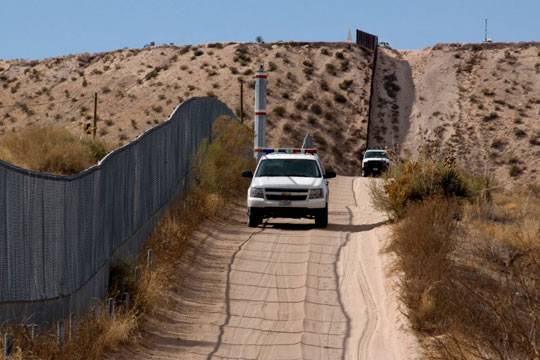The President Wants to Reduce Immigration, But Cutting Foreign Aid May Make it Worse

President Trump’s punitive proposal to cut hundreds of millions of dollars in foreign aid to countries in Central America is counterproductive, says a Duke expert who studies foreign aid.
“Violence, climate change and lack of economic opportunity are driving migration from El Salvador, Guatemala and Honduras. To combat these problems the U.S. needs two strategies: A long-term foreign aid strategy to decrease the causes of forced migration and a short-term strategy for coping with the increase in asylum seekers at the border now,” says Sarah Bermeo, an associate professor at the Sanford School of Public Policy who researches relations between industrialized and developing nations, foreign aid, trade agreements and climate migration.
The Trump administration issued the warning in response to a high-level of illegal immigration at the southern U.S. border.
“Foreign aid can be directed to essential regional security initiatives to combat organized crime, as well as to in-country programs that build police capacity to counter gang influence. Food security assistance and aid for agriculture are needed to help residents cope with droughts in Central America’s dry corridor, which have resulted in people fleeing food insecurity.rdquo;
-- Sarah Bermeo
“Foreign aid can be directed to essential regional security initiatives to combat organized crime, as well as to in-country programs that build police capacity to counter gang influence. Food security assistance and aid for agriculture are needed to help residents cope with droughts in Central America’s dry corridor, which have resulted in people fleeing food insecurity.”
Bermeo adds that in the short term, migration from the most violent areas will continue, as people fear for their lives.
“Given this reality, policies that provide humanitarian assistance on arrival and a legal mechanism to stay temporarily in the U.S. are better for security than current policy, which results in asylum-seekers pooling in unsafe conditions at the border,” says Bermeo, author of “Targeted Development: Industrialized Country Strategy in a Globalizing World.”
“Continuing to create barriers for asylum-seekers will drive desperate people to use human traffickers to gain entry and disappear into the shadows.”